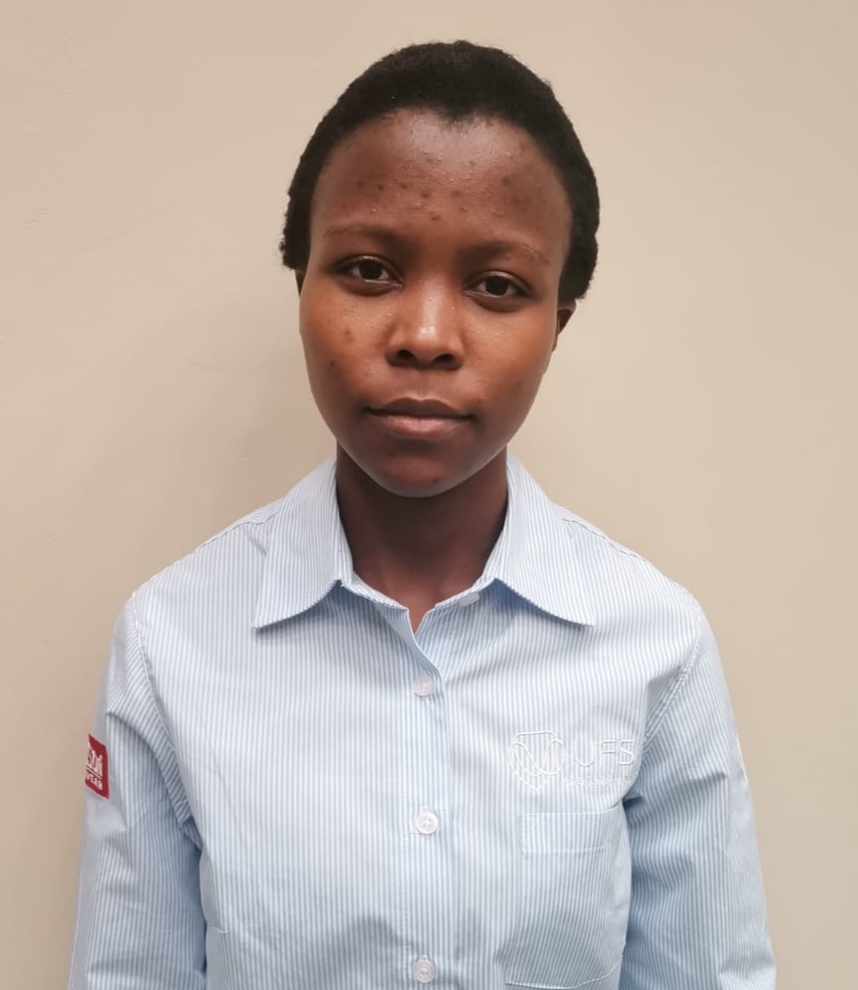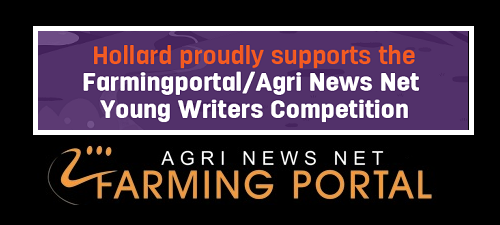 Hollard Insure and Farmingportal.co.za and Agri News Net - Young Agri Writers competition-
Hollard Insure and Farmingportal.co.za and Agri News Net - Young Agri Writers competition-
So far researchers have done a lot. But if there is enough food why people are hungry? But at the same time why not hunger if over one-third of the African continent is covered by desert. Africa alone accounts for 9 unique deserts: Sahara Desert covering 9.2 million km², Kalahari Desert covering 930,000 km², Karoo Desert covering 400,000 km², Danakil Desert covering 136,956 km², Chalbi Desert covering 100,000 km², Namib Desert covering 81,000 km², Guban Desert covering 7000 km², Nyiri Desert covering 700 km², Grand Bara Desert covering 103 km², And Lompoul Desert covering 18 km². Crazy numbers. Most of this land is not productive or utilized, it is sad if people are hungry and looking for land to utilize.
Food insecurity is a serious problem in Africa, just recently in 2020, the investigation shows that Over 100 million Africans were facing a crisis, emergency, or catastrophic levels of food insecurity. Help fish swim in the desert.
Because Africa is not so rich and have limited resources, all we need is to apply what is already existing to save money. For the African continent as a whole, 86% of water withdrawals are directed towards agriculture. I suggest the development of a three-phase plan, the first phase, extracting water by installing deep boreholes. I am convinced that even in the deep sand of the driest desert there is water, although this is not enough because the desert area has to use every last drop of water available, therefore the continent has to move water where it is relatively abundant to where it is needed. This led me to a second phase, pump water from nearby rivers to supply the desert. For example, Nile and the Niger River can supply Sahara Desert, Okavango River, also called Kubango River can supply Kalahari Desert, etc. By far most significant part of the plants is phase three, the construction of an Aqueduct (an artificial channel for conveying water, typically in the form of a bridge across a valley or other gap). I am talking about a huge diversion to transfer water from nearby rivers to where it is needed while connecting the resources developed in previous phases to supply the dam with water. To implement these phases a huge investment plan is needed.
It is one thing to avoid drought, it is another thing to have all the water you want, and moreover to turn it into a business. Ingenuity is the key. I am talking about DRIP IRRIGATION, a technique that allows saving 60% of the water while improving the performance of crops. I am talking about a technique that is watering plants drop by drop directly to the roots and that in recent years has been improved by what is called fertigation, drip irrigation which fertilizers are applied drop by drop using nutrigation, the latest agricultural technology. Drip irrigation supplies plants with everything they need even with huge plantations can grow in the sand of the desert. With nutrigation, crops can grow anywhere. Desert sand can be used to hold the plant in place and nutrient water is administered by drip irrigation.
 Finalist -ACCOUNTING FOR THE EFFECTS OF COVID-19 ON WINE FARMERS IN SOUTH AFRICA - Vuyiseka Myek
Finalist -ACCOUNTING FOR THE EFFECTS OF COVID-19 ON WINE FARMERS IN SOUTH AFRICA - Vuyiseka Myek
A lot can be done to save unproductive desert land. Introducing devices that are placed on the roots and detect when exactly the plant needs to be watered. furthermore, application of seeds both traditionally and genetically modified seeds. These seeds can be used to reduce water consumption for each plant and develop seeds that can be irrigated with slightly salty water such as brackish water that is found in large quantities and water that is always thought to be useless.
It is a fundamental economic principle that when supply exceeds demand for a good or service, prices fall. If there is a decrease in the supply of goods and services while demand remains the same, prices tend to rise to a higher equilibrium price and a lower quantity of goods and services. My point is we don’t have all the money to keep up with the escalating prices that is why we are a developing nation. If we produce for ourselves, we will have enough to supply our continent, therefore we don’t have to feel the fluctuation of prices.
If there is anything I can take away from this piece of writing, it is that Africa has a bright future and is wealthy; all we need to do now is connect the correct dots.
Vuyiseka Myeki

My name is Vuyiseka Myeki, Originally from Eastern Cape. I recently completed my Masters In Agricultural Economics from the University of the Free State. Ambition and drive are two essential words for the successful growth of my career.














